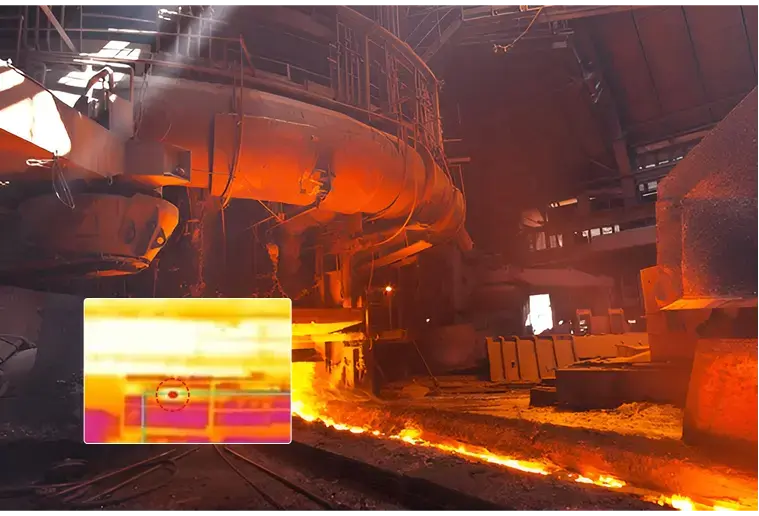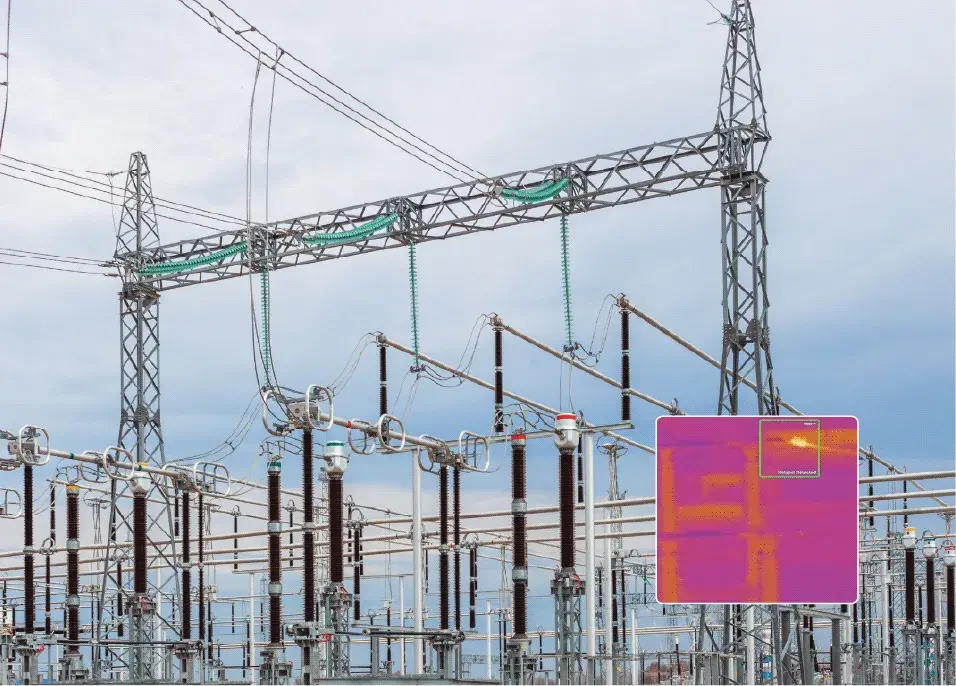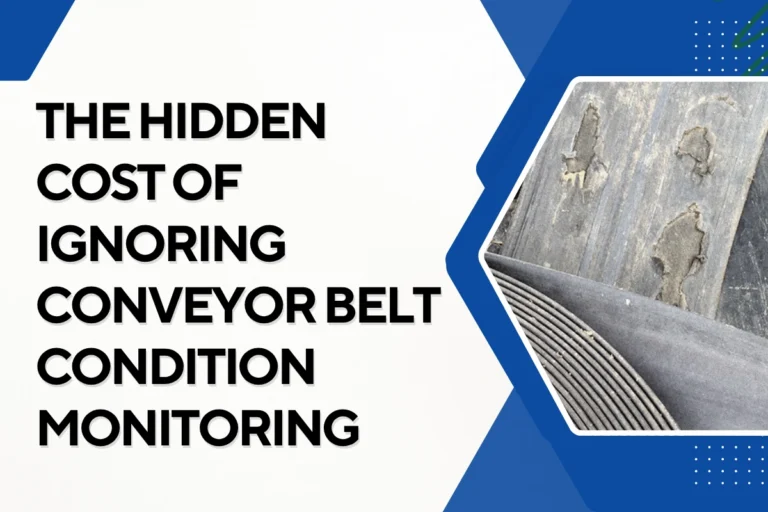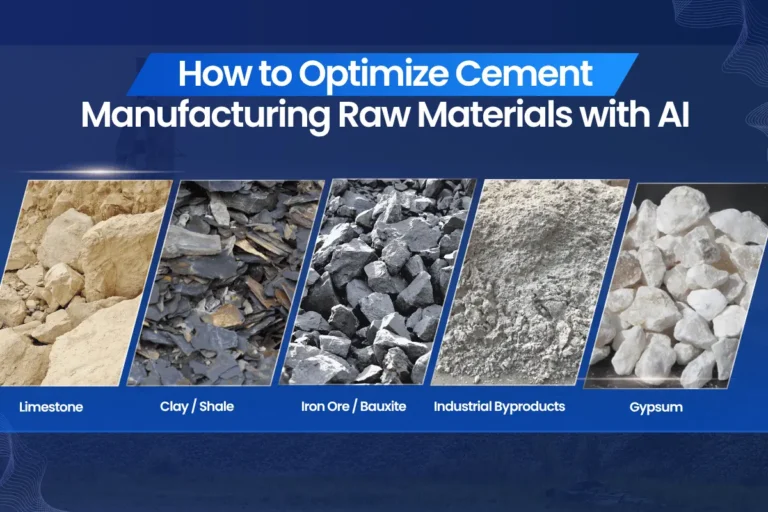Understanding AI Agents
What Are AI Agents?
Characteristics of Intelligent Agents
Autonomy – AI agents operate independently with minimal human intervention.
Reactive & Proactive – They react to real-time stimuli and anticipate future events.
Goal-Driven – They are programmed to optimize their behavior to achieve specific objectives.
Learning Ability – AI agents improve over time using machine learning techniques.
Perceptual & Action Mechanisms – They use sensors and actuators to interact with the environment.
What are the different types of AI Agents?
Simple Reflex Agents
Model-Based Reflex Agents
Goal-Based Agents
Utility-Based Agents
Learning Agents
Hierarchical agents
Multi-agent systems (MAS)
Explainable AI agents (XAI)
Core Technologies Powering AI Agents
Machine Learning and Neural Networks
Convolutional Neural Networks (CNNs): Primarily used for image recognition and computer vision tasks, such as object detection and facial recognition.
Recurrent Neural Networks (RNNs): Designed for sequential data processing, making them ideal for time-series forecasting and speech recognition.
Transformer Models (e.g., GPT, BERT, T5): Power natural language processing (NLP) applications, including text summarization, sentiment analysis, and language translation.
Reinforcement Learning
Temporal Difference Learning (TD): Helps AI agents learn value functions in dynamic environments by updating predictions based on new observations.
Policy Gradient Methods: Enable AI agents to optimize decision-making by directly improving their action-selection policies.
Multi-Agent Reinforcement Learning (MARL): Used in environments where multiple AI agents interact, such as autonomous traffic management and robotic coordination.
Natural Language Processing
Transformer Models: Models like BERT, GPT, and T5 enable tasks such as text generation, summarization, and translation.
Speech-to-Text and Text-to-Speech AI Agents: Convert spoken language into text and vice versa, improving accessibility and automation in voice assistants and customer support systems.
Computer Vision for AI Agents
Object Detection: Algorithms like YOLO and Faster R-CNN enable AI to detect and track objects in images and videos.
Semantic Segmentation: Models such as U-Net and DeepLab classify objects at a pixel level, enhancing precision in medical imaging and autonomous navigation.
Knowledge Representation and Reasoning
Ontology-Based Reasoning: AI agents categorize and structure knowledge into hierarchies, improving understanding and inference.
Graph-Based Knowledge Representation: Knowledge graphs link related data points, enabling AI to establish relationships and draw meaningful insights from vast information sources.
Autonomous Decision-Making
Monte Carlo Tree Search (MCTS): Used in AI planning and game-playing to evaluate potential future actions and improve performance.
Game Theoretic Approaches: Enable AI agents to make strategic decisions by analyzing competition and cooperation scenarios, optimizing outcomes in multi-agent system.
How does an AI agent work?
Perception and Data Collection AI agents begin by gathering data from diverse sources such as sensors/visuals, transaction histories, customer interactions, and external databases. Intelligent agents can integrate and process real-time data enables them to understand their environment accurately and respond effectively. For example, a self-driving vehicle relies on LiDAR, cameras, and GPS data to detect its surroundings and navigate safely.
Data Processing and Decision-Making : Once data is acquired, artificial intelligence agents analyze it using advanced techniques such as machine learning, deep learning, and rule-based logic. By identifying patterns and correlations, they determine the most appropriate response or action. Many AI systems continuously refine their decision-making process by learning from past interactions. For example, virtual assistants leverage natural language processing (NLP) to interpret user queries and provide contextually relevant responses.
Action Execution: Following the decision-making process, AI agents execute the appropriate action, which may involve responding to a query, adjusting system parameters, or escalating a complex issue to a human operator. These actions are designed to be efficient and precise, optimizing overall task execution. For example, AI-powered customer support systems automatically resolve common inquiries, such as order tracking, while routing complex issues to human representatives.
Continuous Learning and Optimization: AI agents improve over time through learning mechanisms such as supervised learning, reinforcement learning, and user feedback. They refine their algorithms and update their knowledge base to enhance accuracy and effectiveness, ensuring they remain adaptive to evolving business needs and user expectations. For example, AI-driven recommendation engines personalize product suggestions based on user preferences, browsing history, and purchase behavior.
How AI Agents Use Computer Vision
How Vision AI agents works
Perception: Capturing and Understanding Visual Data
Object Detection – Identifies and classifies objects within a video feed using deep learning models like CNNs (Convolutional Neural Networks).
Pattern Recognition – Detects repetitive trends or anomalies in visual data to uncover insights.
Movement Tracking – Monitors motion patterns in real-time for applications like traffic analysis, security surveillance, and industrial automation.
Decision-Making: Analyzing and Interpreting Visual Inputs
Anomaly Detection – Flags unusual or unexpected behaviors, such as identifying equipment malfunctions in a factory or detecting suspicious activities in security surveillance.
Contextual Awareness – AI agents use Vision-Language Models (VLMs) to understand both images and text together, enhancing decision-making. By combining visual data with contextual textual information, VLMs allow AI agents to handle complex scenarios with more accuracy. This integration helps the system understand ambiguous situations, such as associating objects in a scene with their descriptions or recognizing context-specific instructions. Vision-Language Models (VLMs) improve decision-making by interpreting both visual cues and linguistic context, enabling more precise actions and reducing errors.
Predictive Analysis – Utilizes historical data to forecast future events, such as anticipating machine failures in predictive maintenance systems.
Action: Automating Responses and Enhancing Efficiency
Automated Quality Control – Rejects defective products in manufacturing lines without human intervention.
Smart Surveillance – Notifies security teams in real-time when unauthorized access is detected.
Autonomous Operations – Adjusts robotic systems in industrial settings to enhance efficiency and precision.
What are the benefits of AI agents?
Autonomous Decision-Making
Real-Time Processing and Adaptability
Improved Decision-Making
Cost Reduction
Scalability
Personalization and Enhanced User Experience
Increased Safety and Risk Mitigation
Applications of AI Agents in business
Manufacturing and Industrial Automation
Healthcare and Medical Diagnosis
Cybersecurity and Threat Detection
Financial Trading and Risk Management
Autonomous Vehicles
Conclusion



























